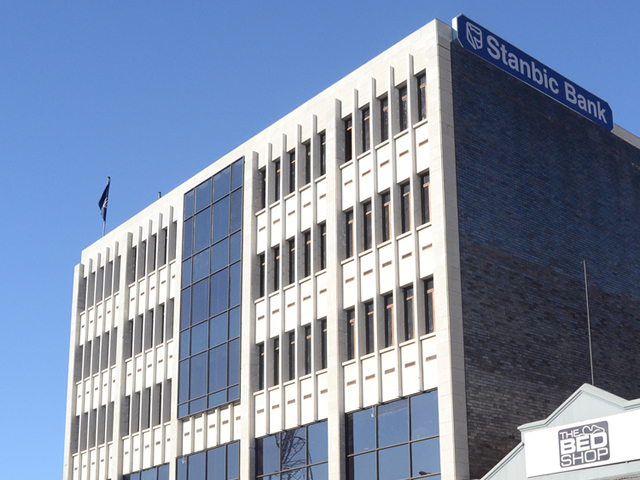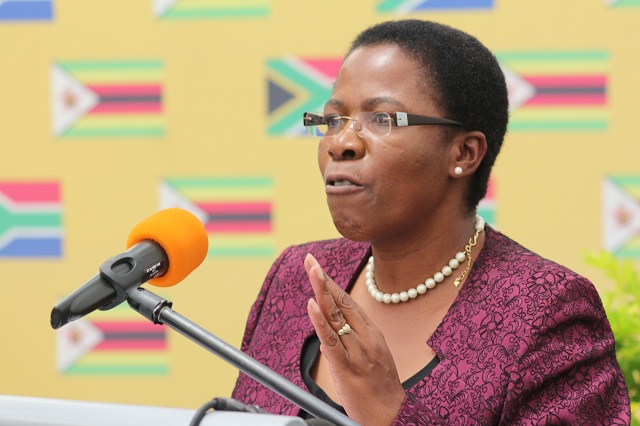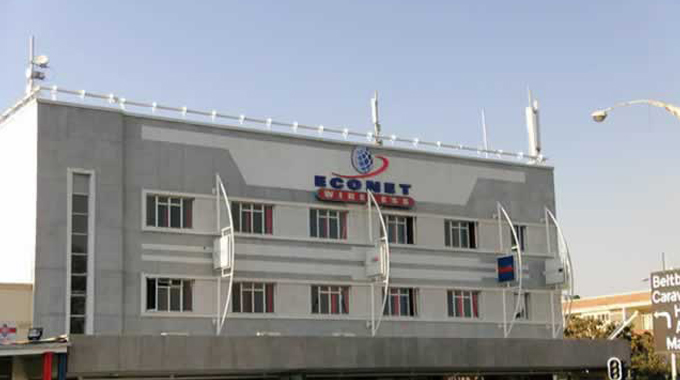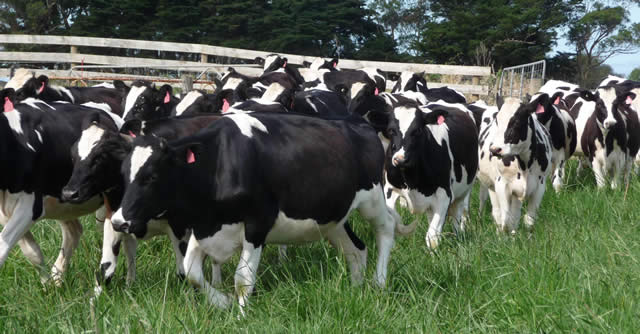Stanbic post 15pc profit surge

Business Reporter
STANBIC Bank Zimbabwe has posted a 15 percent increase in profit to $23.9 million for the year ended 31 December 2015, up from $ 20.7 million in 2014. The surge in profit was driven by net interest income, which at $42.8 million, grew by 11 percent from 2014 on the back of the additional short term investments and lending assets, which were written during the year.
In a statement accompanying the results, the bank’s chairman Sternford Moyo said their fee and commission income increased marginally by five percent to $36 million mainly on account of the improved transaction volumes passing through its various banking channels.
He said the institution’s gross lending book grew by eight percent to $272 million largely due to an increase in facility utilisation by customers and the creation of new interest earning assets.
“The cost to income ratio for the bank improved to 57 percent from 60 percent for the same period last year driven by the four percent growth in total income to $88 million.
“The Bank will remain focused on identifying cost containment initiatives and eliminating areas of cost inefficiencies in an effort to reduce its cost base,” said Moyo.
As at December 31, 2015, the bank’s qualifying core capital stood at $84.9 million up from $78.5 million in 2014 against the regulatory minimum of $25 million.
Moyo said Stanbic Bank Zimbabwe remained on course to meet the regulatory requirements of $100 million in qualifying capital by 2020.
He said the state of the operating environment remained challenging throughout the year 2015.
“Gross Domestic Product is estimated to have grown by a mere 1.5 percent in 2015 compared to growth rates of between eight percent and 10 percent during the initial years of dollarisation.
“The growth rate is also below the average Sub-Saharan growth rates of around four to five percent.
“The key challenges that impacted economic growth in 2015 included continued decline in international commodity prices for Zimbabwe’s key exports including gold, platinum, ferrochrome and cotton lint and loss of export competitiveness among local producers due to the usage of a stronger United States dollar.”
Moyo said the appreciation of the US$ by an average of 15 percent to 30 percent during 2015 against most regional and international currencies was another challenge.
He noted that the situation is further exacerbated by Zimbabwe being a country with high production costs.
“Limited long term capital, constrained lines of credit and low foreign direct investments (“FDIs”) and the perceived high country risk continues to thwart the mobilisation of foreign capital,” he said.
Other challenges, he said included uncertainty on the implementation of key policies such as the Indigenisation and Economic Empowerment legislation and, despite commendable attempts by the Reserve Bank governor and relevant Ministers to clarify the legislation, challenges and uncertainties remained.
He said increased competition from imports mainly from South Africa and China and deflationary pressures as evidenced by negative annual average inflation, depressed company profitability levels.
“We’re comfortable that Stanbic Bank Zimbabwe will achieve its 2016 targets despite the challenges faced by the economy,” said Moyo.
Stanbic Bank Zimbabwe continues to maintain high standards of corporate governance, ensuring that its conduct is above reproach.
“It complies with regulatory and corporate governance requirements, and is committed to advancing the principles and practice of sustainable development and adherence to the laws of the country.”
During the period under review, the Bank complied with all regulatory requirements and RBZ directives, in all material respects.












Comments